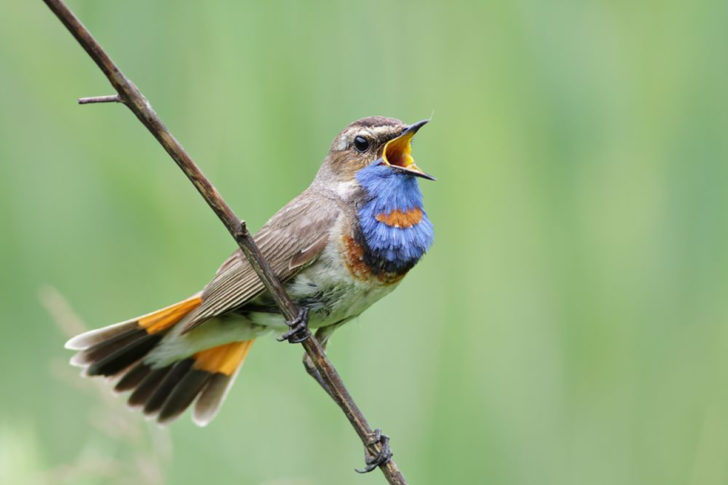The chirping of small birds may seem trivial to us today, but for some crops it can provide a lot of valuable information. More often than not, birds warn each other of dangers and indigenous people have understood this.
Messages to be decoded
With every twitter, chirp and melody, a bird can send messages that can save your life. The most difficult part, of course, is knowing the language and meaning of each message. Sometimes it is a male bird singing its love poem or to show its strength, other times it may be to warn another bird to flee. Often, the magical sounds of songbirds that we take for granted are an alarm bell to let everyone know that a predator is nearby – and on the hunt.

Since the dawn of time, other animals have listened to the sounds of birds. When a blackbird sees a coyote, it gives off high-pitched cries that sound like an alarm. The squirrel, for example, another prey, takes this alarm carefully and runs away as fast as it can. Surprisingly, rodents are not the only animals that listen to birds and interpret their messages. Native Americans have relied on the language of birds for centuries. It allows them to know the whereabouts of people and other animals that would normally be completely invisible to the human eye.
Listening to nature
Indigenous peoples mainly use the language of birds to find out where large predators, such as bears or wolves, are located. In this way they do not accidentally come across them. They do this by deciphering the messages that the birds communicate to each other
This is just one of the many tools that the Amerindians use to ensure that they are always well connected to nature. Taking the time to notice that birds talk to each other makes the world a much more interesting place. The good news is that anyone with a listening ear can learn. Just be patient and observe nature calmly and then start translating their songs into information.

